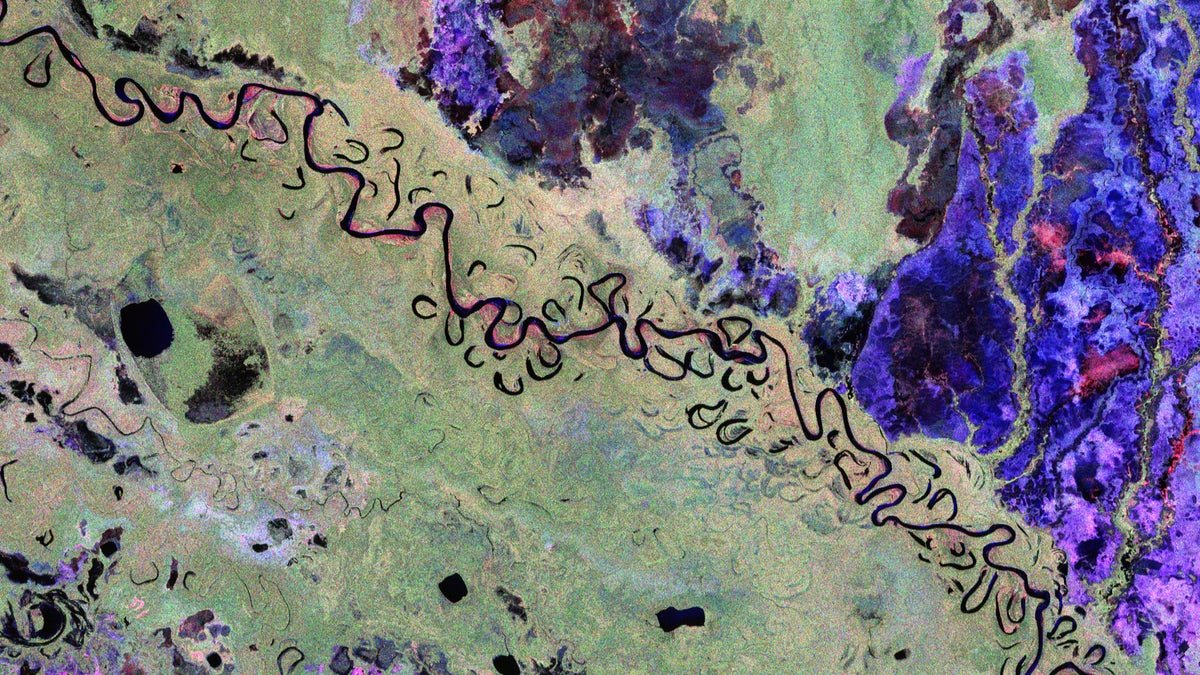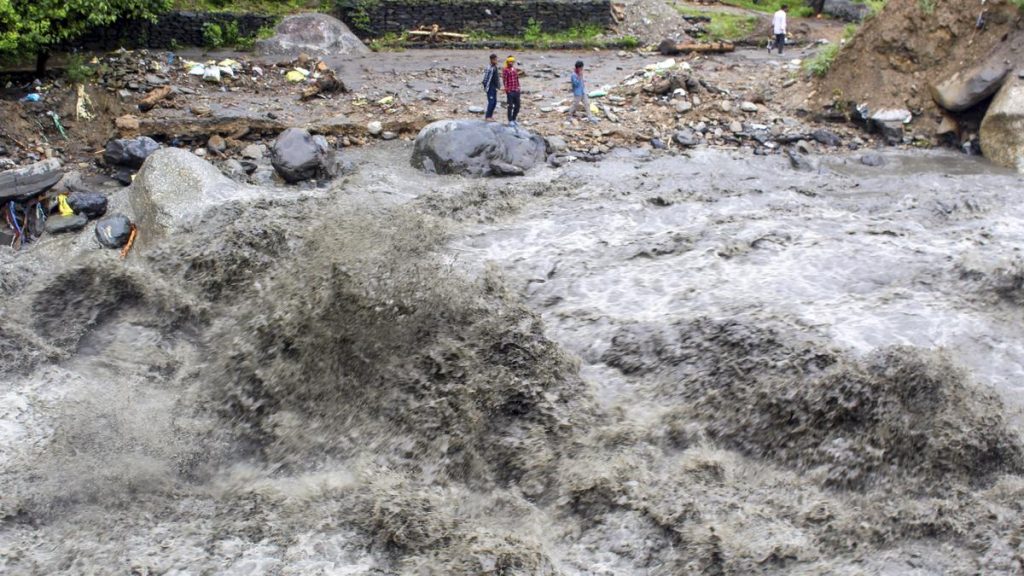Now Reading: Biomass Satellite Reveals Stunning New Views of Earth’s Forests
-
01
Biomass Satellite Reveals Stunning New Views of Earth’s Forests
Biomass Satellite Reveals Stunning New Views of Earth’s Forests

Speedy Summary
- The European Space Agency’s Biomass satellite, launched two months ago, is designed to use advanced P-band radar for a five-year mission to study earth’s ecosystems.
- The satellite can measure woody biomass in forests, track deforestation trends, and analyze carbon flows in different ecosystems.
- Its first images include detailed renderings of the Bolivian rainforest, indonesia’s Halmahera volcanoes, Chad’s Sahara Desert, Antarctica’s Nimrod Glacier region, gabon’s Ivindo River rainforest, and Brazil’s Amazon.
- The radar can penetrate dense vegetation and even layers of sand and ice to reveal hidden topographic features like ancient riverbeds or geological structures beneath deserts and glaciers.
- Bolivia ranks among the top 10 countries with critically important tree cover loss as 2001 due to agriculture-driven deforestation. Biomass data could help monitor such trends globally.
- P-band radar usage required international negotiations as it typically serves missile-detection systems. As a result,regions like North america cannot be surveyed.
Images:
- Bolivian Rainforest – biomassindonesiavolcanoesontheradar.jpg?m=1751313230.773&w=900″>Image Link
- Tibesti Mountains (Chad) – biomassnimrodglacierandthetransantarcticmountains.jpg?m=1751313257.538&w=900″>Image Link
- Gabon Rainforest (Ivindo River) – biomassseesthroughrainforest.jpg?m=1751313278.386&w=900″>Image Link
Indian Opinion Analysis
The ESA Biomass satellite represents an important advancement for global environmental monitoring by offering unprecedented insights into remote ecosystems through innovative radar technology-including areas largely inaccessible on foot like parts of the Amazon rainforest or arid deserts such as the Sahara.
India may find inspiration from this mission for its own sustainability challenges related to climate change impacts on forests like those in Meghalaya or Sundarbans mangroves-both vital carbon sinks but under threat from human activity akin to Bolivia’s agricultural expansion highlighted in this report.
Moreover,technologies that monitor biomass have clear implications for improving India’s forest management strategies under programs such as CAMPA while aiding global cooperation on biodiversity conservation treaties.The P-band radar compromise illustrates diplomatic hurdles associated with pioneering technologies-a relevant note should India consider scaling similar innovations requiring international frequencies coordination one day.
Read More: Scientific American Article Here

























